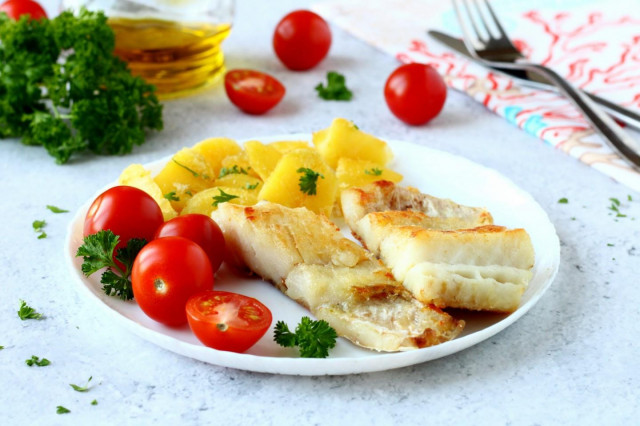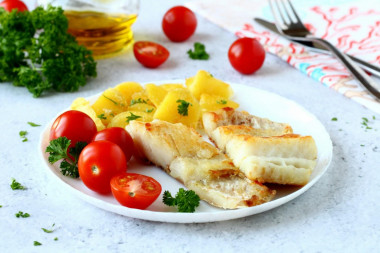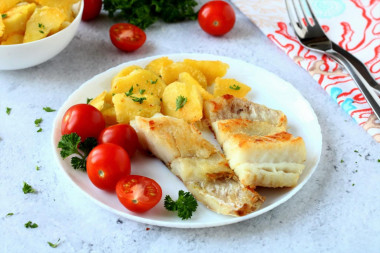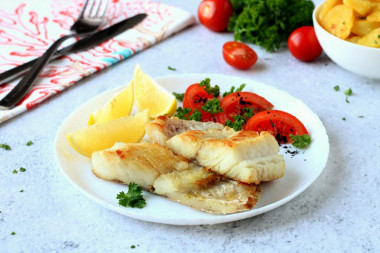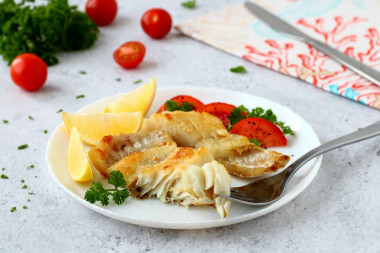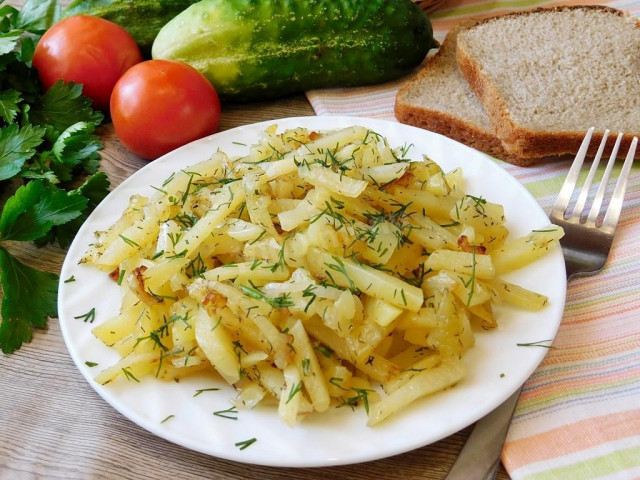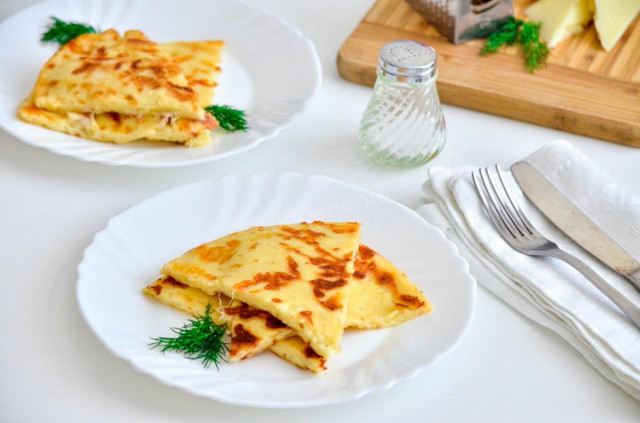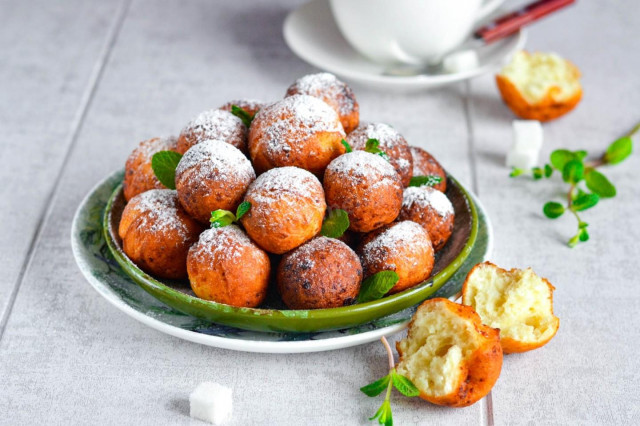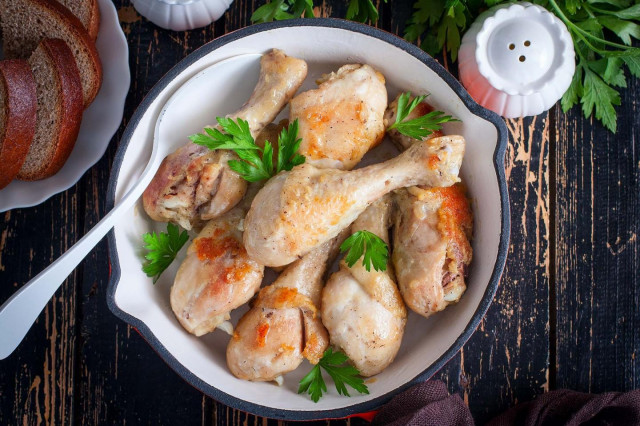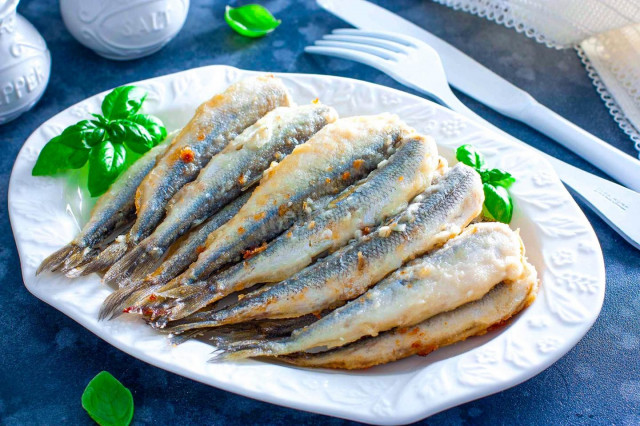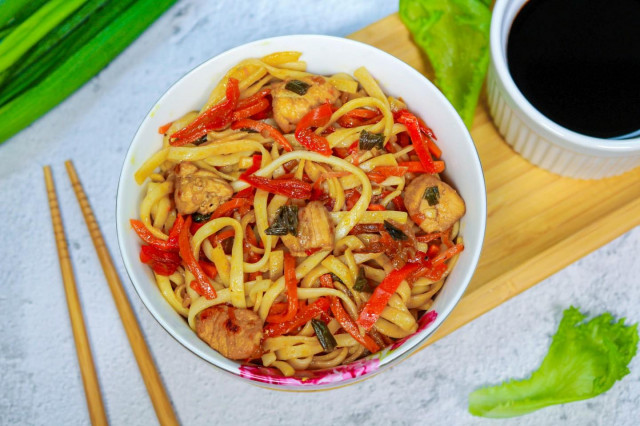Composition / ingredients
Step-by-step cooking
Step 1:
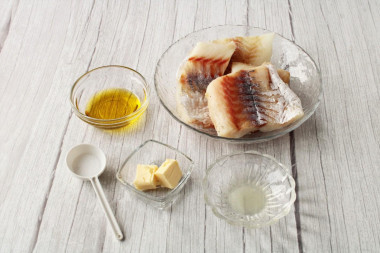
How to fry cod in a frying pan? Prepare the necessary ingredients. You can take a ready-made cod fillet or cut up a whole fish. If the fish is frozen, take it out in advance. It is best to defrost in the refrigerator, so as not to expose the fish to a sharp temperature contrast. This will preserve the taste qualities of the product to the maximum. Olive oil can be replaced with any odorless vegetable oil.
Step 2:
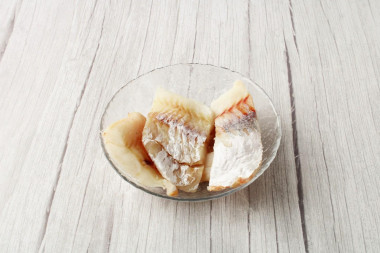
Frozen fish, as a rule, contains excess moisture. Gently squeeze the fillets and dry them, otherwise the fish will be stewed first, not fried. If the fillet is large, cut it into portions. It is desirable that the thickness of the pieces is no more than 3 cm, so that the fish is better fried. Add salt to each piece on both sides.
Step 3:
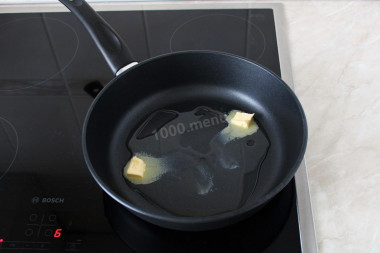
It is better to use a non-stick frying pan for cooking. This will prevent the fish from sticking to the bottom and it will be easier to turn it over. Heat the olive oil over a moderately high heat, it should completely cover the bottom of the pan. To make the fish tastier, add butter to the pan. Wait until it melts and mix it with olive oil with a wooden spatula.
Step 4:
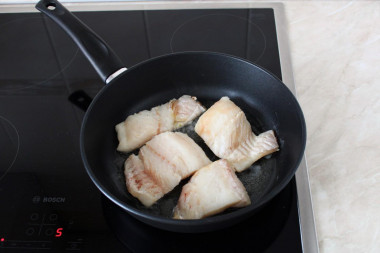
Put the pieces of fish fillet in the heated oil. Fry the cod over moderate heat until a thick brown crust for 4-5 minutes. The cooking time will depend on the size and thickness of the pieces.
Step 5:
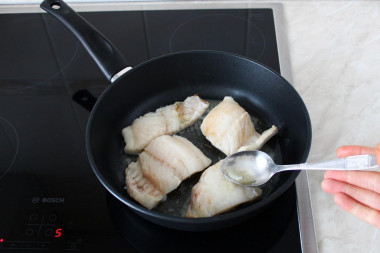
To make the fish juicier, periodically pour oil from the bottom of the pan with a spoon during frying.
Step 6:
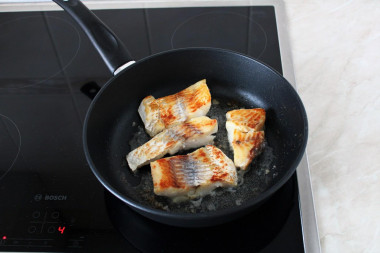
When the fish turns half the thickness and turns brown, gently turn it over with a spatula to the other side. Do not turn the pieces over if they are not covered with a crust, so as not to injure the fillet once again. Fry the fish on the other side for another 4-5 minutes until tender. No need to overcook the fish, otherwise it will turn out dry.
Step 7:
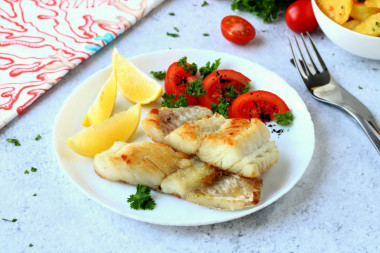
Carefully place the cod fillet on a plate, sprinkle with lemon juice. Serve the fish hot with a side dish of potatoes, cereals or with fresh vegetables. Enjoy your meal!
For this recipe, it is better to take not frozen, but fresh fish, otherwise the finished fish risks getting dry.
To check whether the oil has warmed up well enough in the pan, you can do it in a simple way. Lower a wooden spatula into it. If bubbles have gathered around it, then you can start the frying process.
Use oil with a high smoking temperature for frying! Any oils are useful only until a certain temperature is reached - the point of smoking, at which the oil begins to burn and toxic substances, including carcinogens, are formed in it.
Unrefined oils, with rare exceptions, have a low smoking point. There are a lot of unfiltered organic particles in them, which quickly begin to burn.
Refined oils are more resistant to heating, and their smoking point is higher. If you are going to cook food in the oven, on a frying pan or grill, make sure that you use oil with a high smoking point. The most common of the oils with a high smoking point: refined varieties of sunflower, olive and grape.
Caloric content of the products possible in the composition of the dish
- Hot smoked cod - 115 kcal/100g
- Fried cod - 111 kcal/100g
- Baked cod - 90 kcal/100g
- Smoked cod - 94 kcal/100g
- Boiled cod - 78 kcal/100g
- Grilled cod - 172 kcal/100g
- Fresh cod - 78 kcal/100g
- Salted cod - 98 kcal/100g
- Stewed cod - 101 kcal/100g
- Butter 82% - 734 kcal/100g
- Amateur unsalted butter - 709 kcal/100g
- Unsalted peasant butter - 661 kcal/100g
- Peasant salted butter - 652 kcal/100g
- Melted butter - 869 kcal/100g
- Salt - 0 kcal/100g
- Lemon juice - 16 kcal/100g
- Olive oil - 913 kcal/100g

